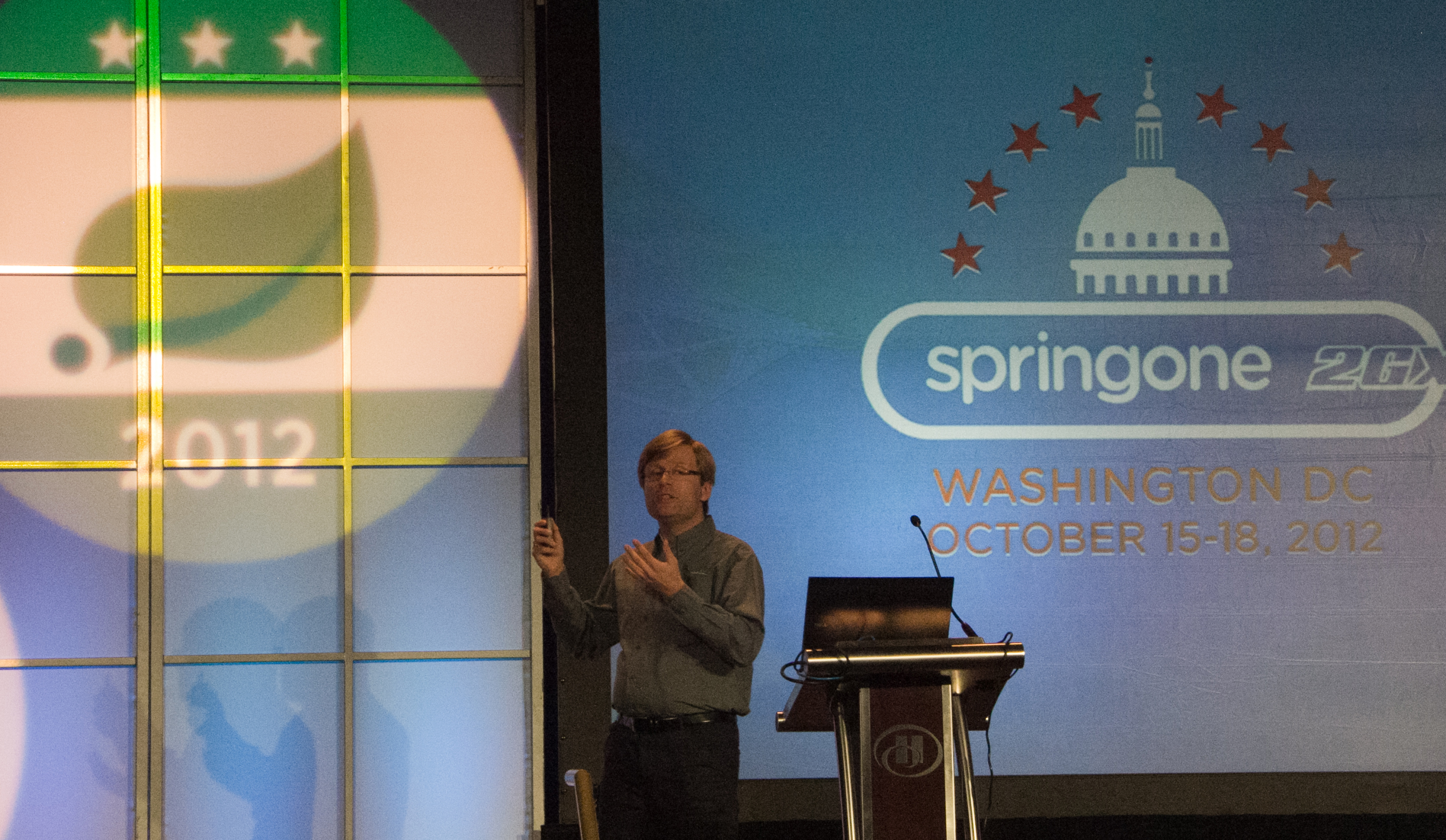Spring Framework 3.2 RC1 released
Dear Spring community,
I'm pleased to announce that the first Spring Framework 3.2 release candidate is now available.
This generation of the core framework is a straightforward next step after last year's Spring Framework 3.1, continuing several well-established themes. Key features in Spring Framework 3.2 include:
- A new Gradle-based framework build, making it easier than ever to contribute to the Spring Framework project on GitHub
- Inlined CGLIB 3.0 and ASM 4.0, fully supporting Java 7 byte code and making CGLIB-based functionality available without explicit declaration of a CGLIB dependency
- Allowing for @Autowired and @Value to be used as meta-annotations, e.g. to build custom injection annotations in combination with specific qualifiers
- Support for custom @Bean definition annotations in @Configuration classes, e.g. in combination with specific qualifiers, @Lazy, @Primary, etc
- Asynchronous MVC processing on Servlet 3.0…








